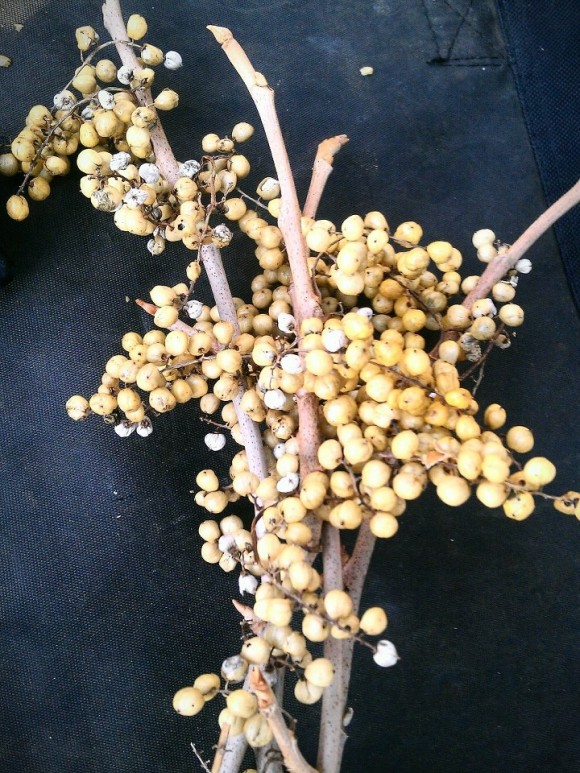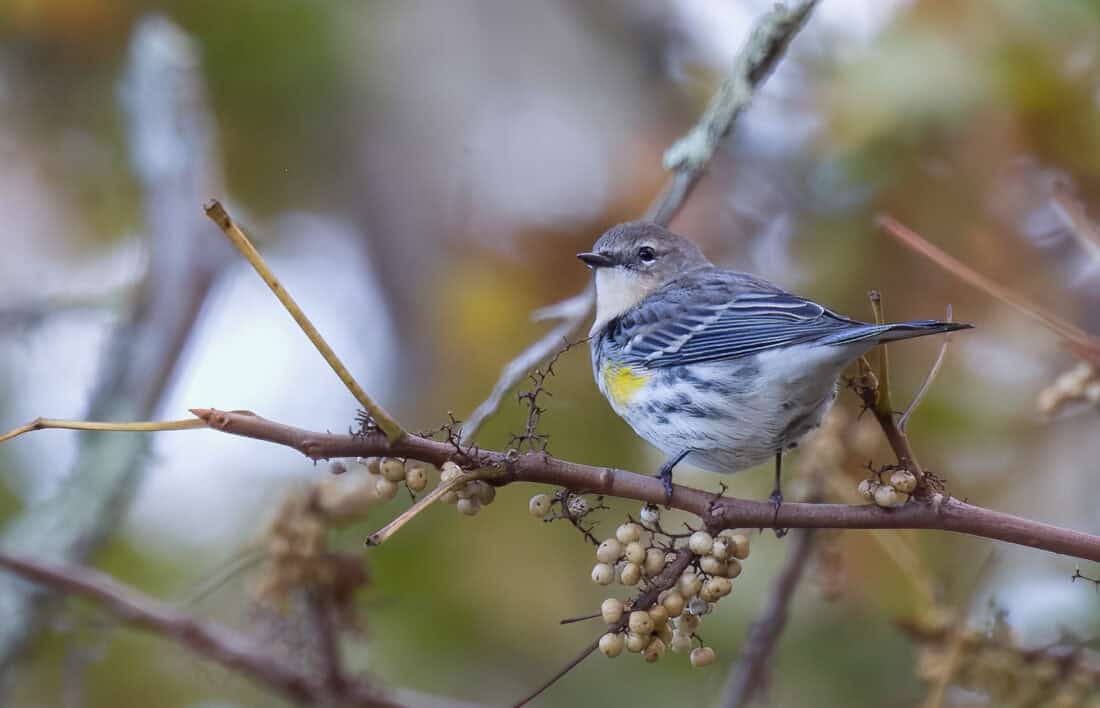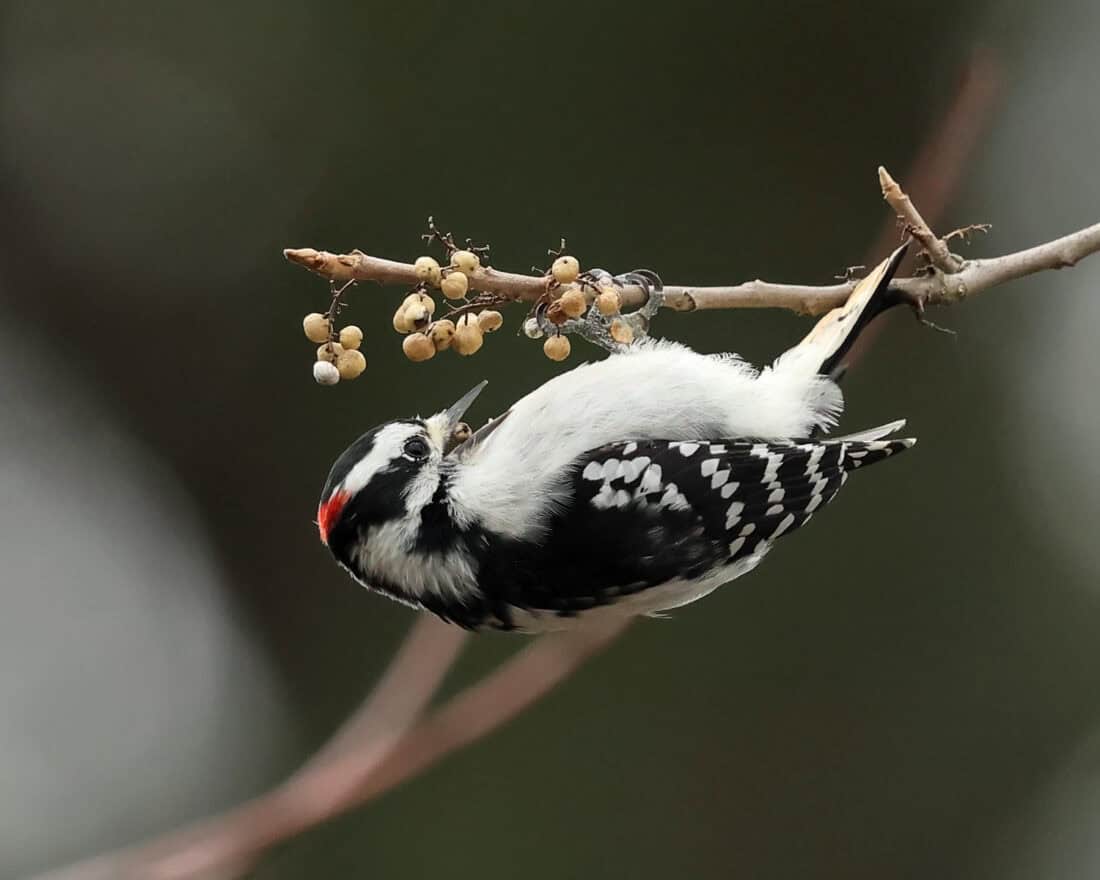I hope with all my heart that relatively swift action will spare me from the worst poison ivy rash I have ever had.
Here in New England, Poison Ivy is a very common poisonous plant where all parts of the plant will leave you with an itchy rash. The urushiol oil in this woody vine causes a minor to severe allergic reaction in most people – and often, you will notice it within minutes of contact. Poison Ivy climbs, and it loves the wooded areas and trees of North East North America. It is thick at the forest edges, it loves clambering over stone walls, and this climbing vine is over all the trees around my yard (despite my constant battle against it). Poison Ivy plants are easy to spot, but around here, they are easily mistaken for other plants (including wild raspberry and other weeds). Eastern poison ivy is distinctive because of the smooth edges of the leaves (the raspberry and others have serrated leaf margins).

Poison ivy vines (Toxicodendron radicans) are a perennial and a native plant. I wish they weren’t; it would make me feel better about my constant battle against them.
Poison Ivy leaves are easy to spot – we have a rhyme that everyone knows… it starts with ‘leaves of three let it be’ (poison ivy always has a distinction three leaf cluster). But what I didn’t realize (until recently and quite by mistake) is that there is a second line to the rhyme. It goes like this…‘ berries of white, take flight.’
Who knew? Not me, until after I gleefully picked a whole bucket full of these beautiful white poison ivy berries. I even handed handfuls to my small son to put in the bucket for me. (both of us bare-handed)

We’ve rinsed with cold water, used the Technu (to remove the ivy oil from our skin), and I’ve got plenty of calamine lotion on hand to deal with the rash to come. I can’t believe I didn’t know that there were berries on these plants. In my defense, I harvested them in the early fall—after the leaves had been shed from the deciduous woody plants.
All this picking of poisonous berries was in the name of the Thanksgiving Floral Event, where we were making foraged centerpieces for our holiday tables. Embarrassingly, I didn’t know what I’d done until one of my guests pointed out that the small white berries were not just pretty crafting materials.
As I’ve researched the lesser-known plant parts of poison ivy vine (the berries), I realized there is a very easy explanation for why I don’t often see the fruits—they are a food source for many birds and mammals in the area.

Wild turkeys, crows, woodpeckers, warblers, and bobwhite quail (among many others) are known to feed on poison ivy berries in winter. Black bears, deer, and raccoons also browse on the leaves and stems of the plant. As much as I consider the plant a nuisance, it is a very important provider to the ecosystem in this part of the United States.
Wow, glad I found this blog! Never knew those were poison ivy berries. I’m sending positive thoughts to you and your hands. 🙂
Hi Rochelle, I wonder if I can get your permission to use your photo (credited) of those poison ivy berries in a presentation I’m doing on winter botany for master naturalists in my area. It’s the best photo I’ve seen. Sure hope you healed up quickly!
Hi Karen — yes — you can use the image…with credit. Thanks for asking! Warmly – Rochelle